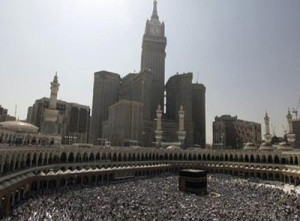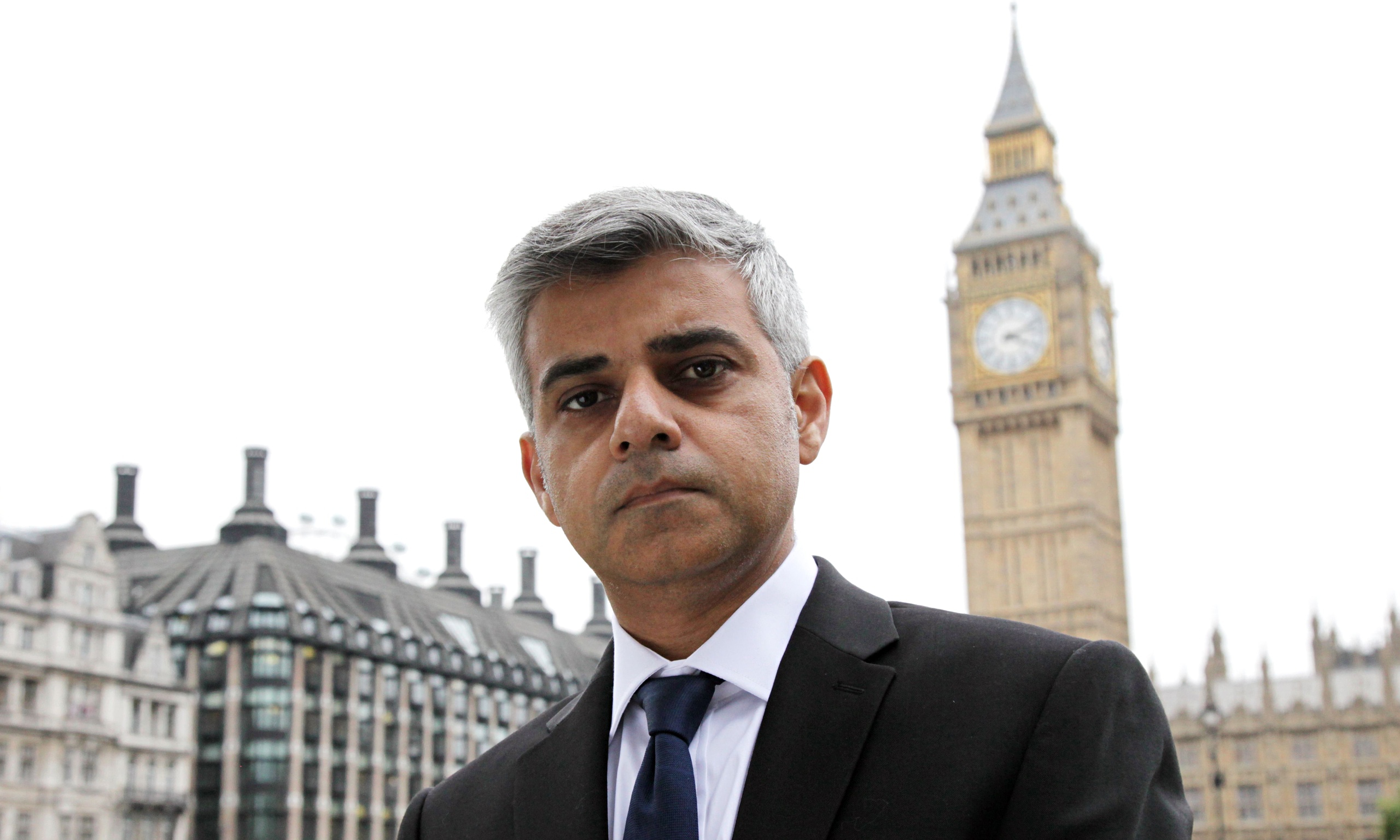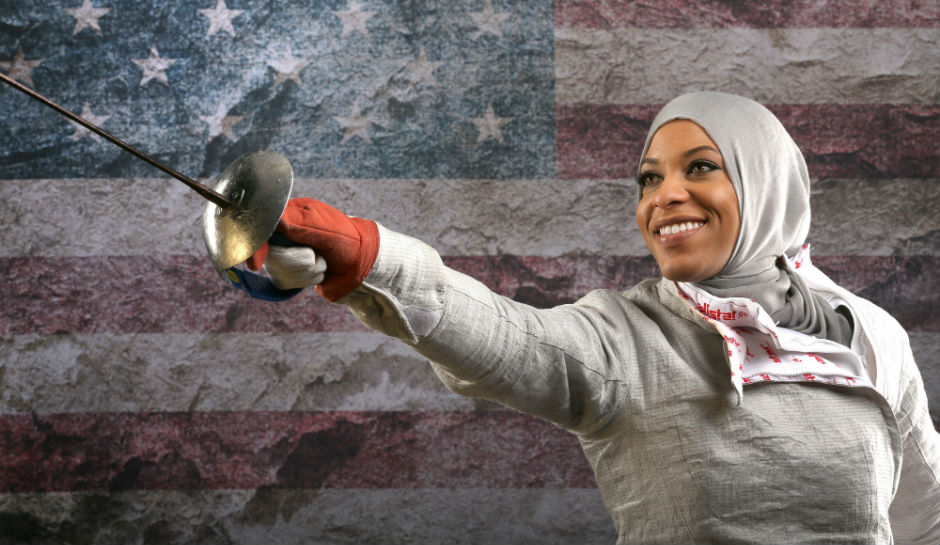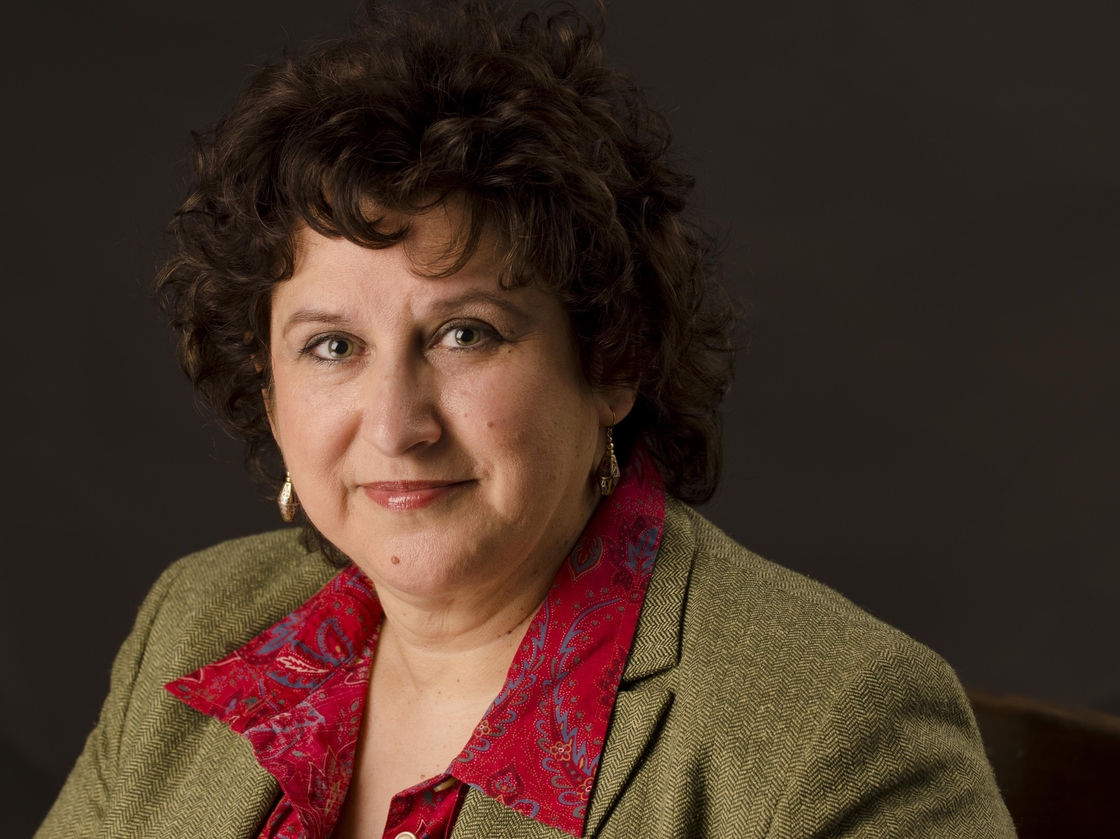
October 18-2013
Only about half as many pilgrims attended this year’s hajj as last year as fears of disease appeared to discourage many from coming.
The hajj began with a stern warning from Saudi Arabia against politicking during the world’s largest annual religious gathering. That warning is issued annually and is usually aimed chiefly at Iran. But with the Arab world convulsed by political disorder, the warning now is aimed at a larger audience.
On the Plain of Arafat, about 20 kilometers (12 miles) from Mecca, the Islamic Republic held its annual “Disavowal of Infidels” rally, which is aimed at the United States and Israel. Iranian media boasted of the large turnout by foreigners. But under a compromise worked out almost two decades ago between Iran and Saudi Arabia, the rally is confined within the walls of the Iranian encampment. There were no reported problems Monday at the rally.
The hajj is one of the five pillars of Islam and is mandatory once in a lifetime for all Muslims provided they are physically fit and financially capable.
“I am very excited and extremely happy. I feel I am a very lucky person that I am performing the hajj,” said Hamza Suleiman, a 56-year-old civil servant from Malaysia.
“I registered for the hajj 10 years ago and my turn came this year. I really want to come here every year,” he told Agence France Presse (AFP) in the Grand Mosque courtyard.
Egyptian businessman Ahmad al-Bahrawi, who is performing the hajj for the sixth time, accompanied by his wife, said: “It’s an entirely different feeling that cannot be described when I enter the Grand Mosque and look at the Kaaba.”
Due to the scare from the MERS coronavirus, which has already killed 51 in Saudi Arabia, and high pollution from vehicle emissions, some pilgrims and security men wore facemasks and also covered their heads to protect themselves from the scorching heat.
Saudi Health Minister Abdullah al-Rabaia was quoted in the local media on Thursday as saying that no MERS case has been discovered among pilgrims.
Officials said around 1.5 million pilgrims have arrived from abroad. That is less than half last year’s 3.2 million. Much of that is due to the scare from MERS, or Middle East Respiratory Syndrome. But part of it results from cuts imposed on each country by Saudi Arabia because of the huge volume of construction going on in Mecca, whose skyline is covered by construction cranes.
As turmoil continues to hit most of the Arab world, Interior Minister Prince Mohamed bin Nayef last Wednesday warned Muslim pilgrims against exploiting the half for political purposes. “Hajj is not a place for political disputes and sectarian differences,” he said.
The pilgrimage started Sunday and ends today, October 18.
Monday was the most important day, when everyone assembled at Mount Arafat, just outside Mecca, for a day of prayer. It was there that the Prophet Mohammad called on the people to end their feuds and put aside their racial, economic and tribal differences. Most pilgrims next walked to Muzdalifah to spend the night and to collect the stones they used on Tuesday for the ritual stoning of the devil.
The temperature at Arafat was 40 degrees Celsius (104 Fahrenheit). Sprinklers were set up to cool the pilgrims.
Though marred in the past by deadly floods, stampedes and fires, the hajj has become nearly incident-free in recent years because of multi-billion dollar projects to improve security.
Most pilgrims in the modern era fly to Saudi Arabia, a change from the caravans that once crossed the deserts to bring them to the hajj. But news reports said one Pakistani man walked from his home in Karachi, taking four months—117 days from June 7 through October 1. Kharizada Kasrat Rai, 37, was a good hiker, averaging 55 kilometers (34 miles) each day.


















